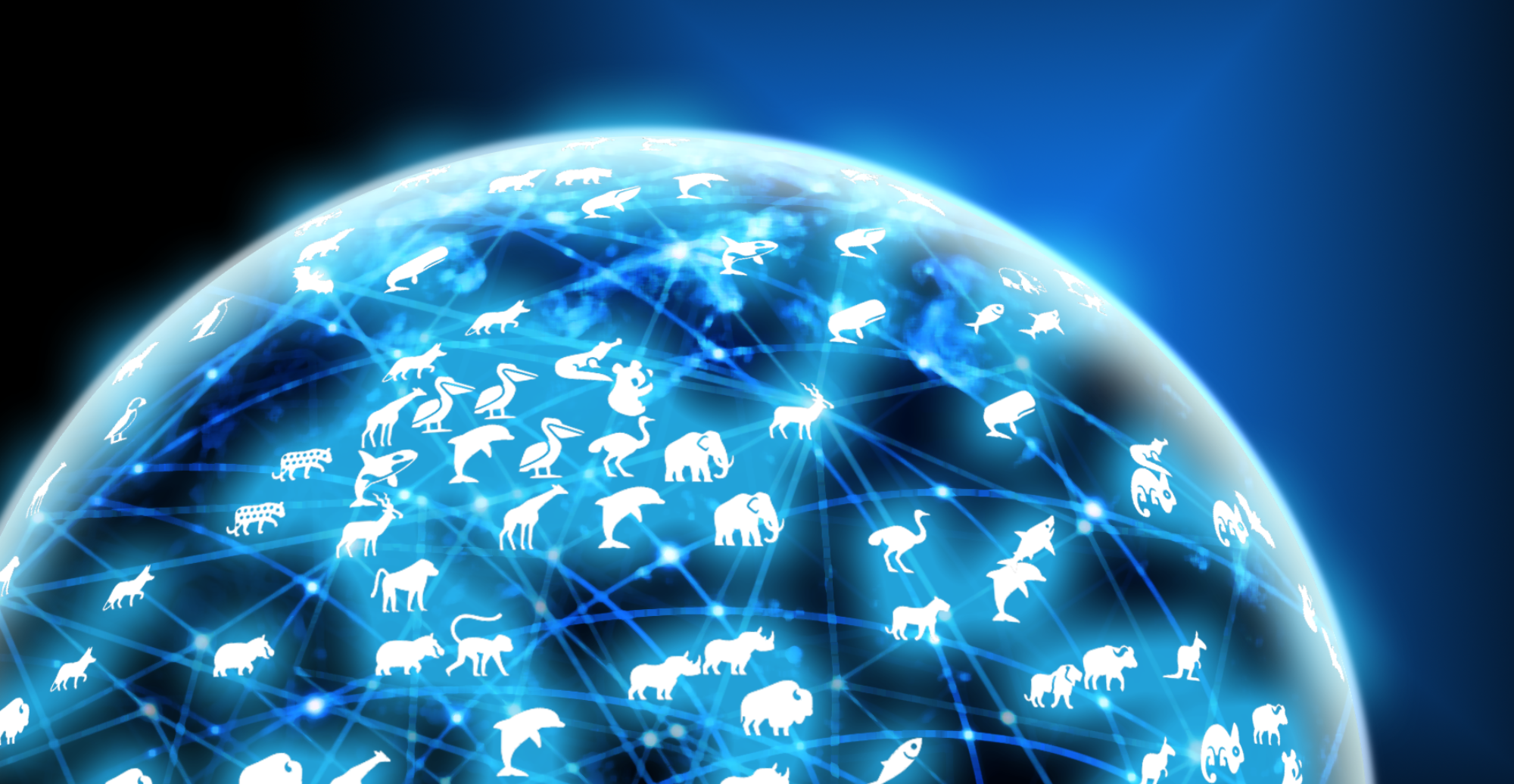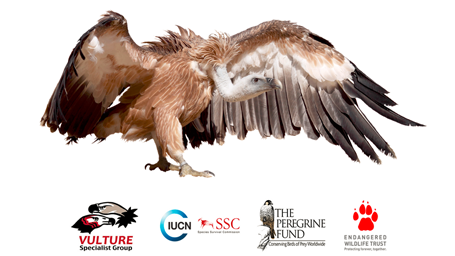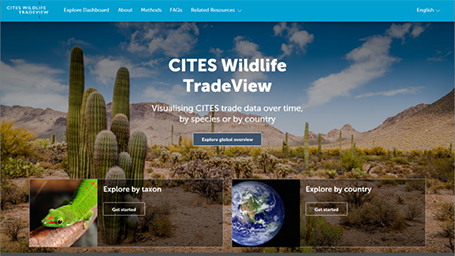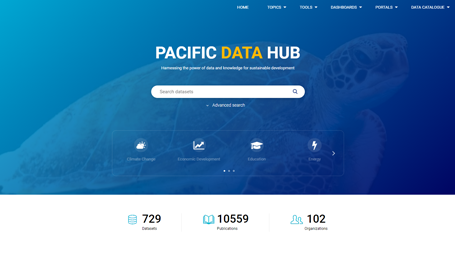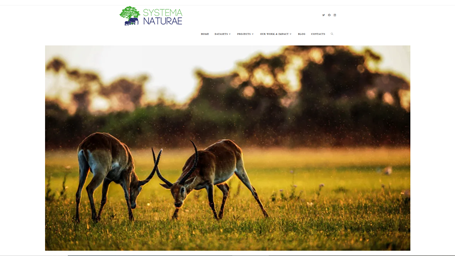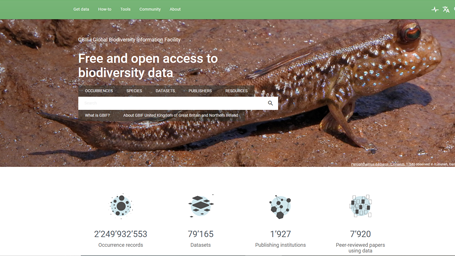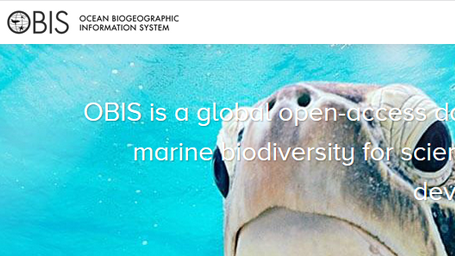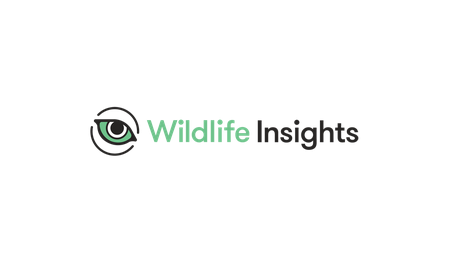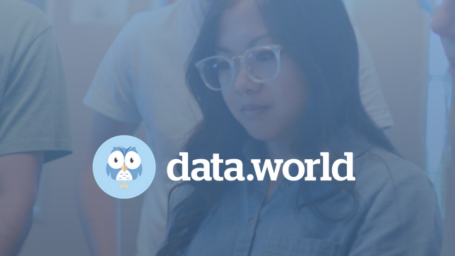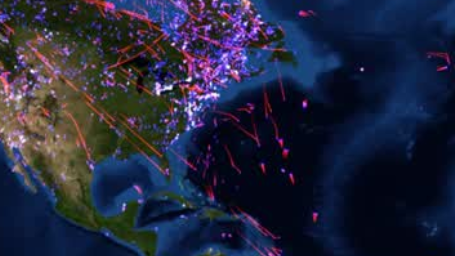https://tradeview.cites.org/
A new, interactive, online tool for visualising data and trends in the international trade in endangered species is being launched today. CITES Wildlife TradeView is a joint project between the Secretariat of the Convention on International Trade in Endangered Species of Wild Fauna and Flora (CITES) and the UN Environment Programme World Conservation Monitoring Centre (UNEP-WCMC). It is available in English, French and Spanish.
he purpose of CITES Wildlife TradeView is to provide users with an accessible window into the world of CITES trade data and to showcase the main trading countries, species, commodities, sources and trends over time. The platform will bolster transparency and help achieve a broader understanding of the international trade in CITES-listed wildlife.
CITES Wildlife TradeView is dynamically linked with the CITES Trade Database, a key resource for monitoring trade in the species listed in the Convention’s Appendices. This means the new platform will show the latest information as new data is uploaded into the Database.
The CITES Trade Database contains the official data provided by all Parties to the Convention in their mandatory annual reports. It currently includes over 23 million records gathered from these reports since CITES entered into force in 1975.
The Database will remain the official location where CITES trade data will be stored and accessed, while the purpose of CITES Wildlife TradeView is to quickly visualise specific aspects of its data, which can be used for obtaining an overview that can be showcased in presentations or communication activities.
The platform provides three tailored dashboards, enabling users to visualise trends in international wildlife trade in the following ways:
- Global overview: providing a high-level overview of global trade in CITES-listed species
- Country view: exploring the CITES trade for one or more countries
- Taxon view: exploring the CITES trade data for one or more species or taxonomic groups (e.g. by searching ‘Grey Parrot’ or looking at all birds)
Kelly Malsch, Head of Nature Conserved at UNEP-WCMC, said: “The CITES Wildlife TradeView platform will help make CITES trade data more accessible and easier to grasp, even if you are not a data expert. This will, in turn, help monitor, analyse, and communicate this important dataset on the international trade in wildlife, supporting global conservation efforts.”
Sofie Flensborg, Officer-in-Charge of the CITES Secretariat’s Outreach and Projects Unit, said: “With the launch of the CITES Wildlife TradeView, the capacity for monitoring the trade in CITES-listed species has just taken a leap forward. This is particularly important, not just in the context of CITES implementation, but also for wider global commitments to safeguard biodiversity. As we work to tackle the global biodiversity crisis, CITES Wildlife TradeView will play a crucial role in bringing important biodiversity data to light and ensuring that wildlife trade is legal and sustainable. We are grateful to UNEP-WCMC for their effort in making this user-friendly interface.”
The development of this new wildlife trade visualisation platform was made possible through the financial support from the UK Research and Innovation’s Global Challenges Research Fund under the TRADE Hub project.
